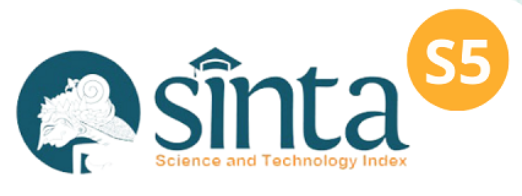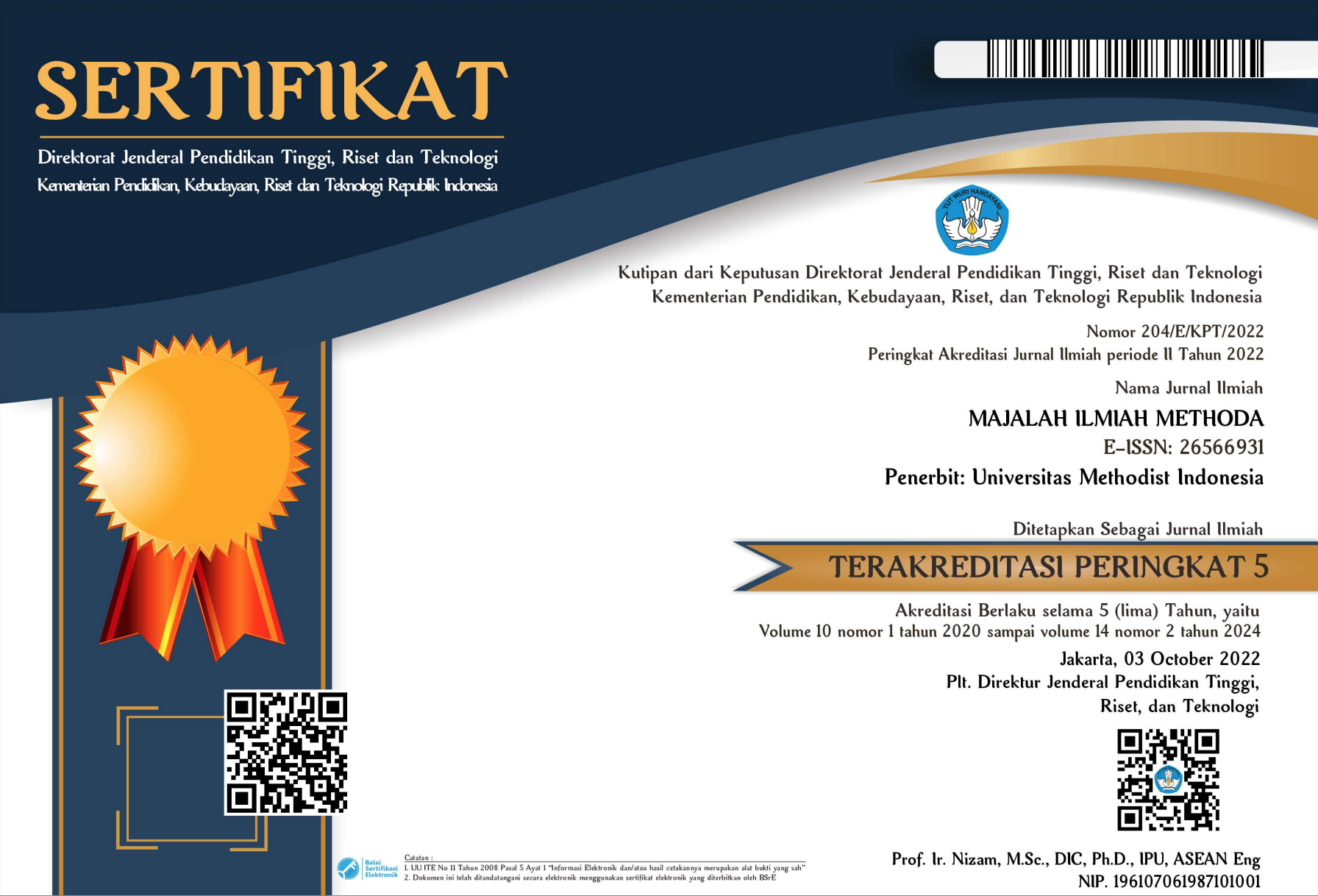PERAN INTERLEUKIN-6 SELAMA INFEKSI VIRUS
Keywords:
IL-6, Vesicular Stomatitis Virus (VSV), LymphoidAbstract
This latter finding supports the hypothesis that upregulation of IL-6 during certain viral infections may increase viral survival and/or clinical disease exacerbation. The number of genes regulated by IL-6 activity may explain the pleotropic properties of these interleukins. The number of genes regulated by IL-6 activity may explain the pleotropic properties of these interleukins. Thus, the biological consequences of IL-6 production have been associated with pro and anti-inflammatory effects (Scheller et al., 2011), highlighting the important role of IL-6 in the activation and regulation of immune responses. Biological activities affected by IL-6 production include: controlling monocyte differentiation into macrophages by regulating the expression of macrophage colony-stimulating factors (Chomarat et al., 2000), increasing B cell IgG production by regulating IL-21 expression (Yang et al., 2016). ), negative regulation of dendritic cell maturation by activation of the STAT3 signaling pathway (Park et al., 2004), as well as promotion of Th2 responses by inhibiting Th1 polarization (Diehl and Rincon, 2002). Moreover, in combination with growth-altering beta factor, IL-6 induces the differentiation of naive CD4 into Th17 cells, which are essential for defense against pathogens at mucosal sites (Guglani and Khader, 2010). Also, the synergistic interaction of IL-6 with IL-7 and IL-15 induces the differentiation and cytolytic capacity of CD8 T cells (Cox et al., 2013). Importantly, IL-6 is a potent pyrogenic cytokine, and has an important role in regulating lymphocyte trafficking to lymphoid organs during febrile events (Evans et al., 2015).










